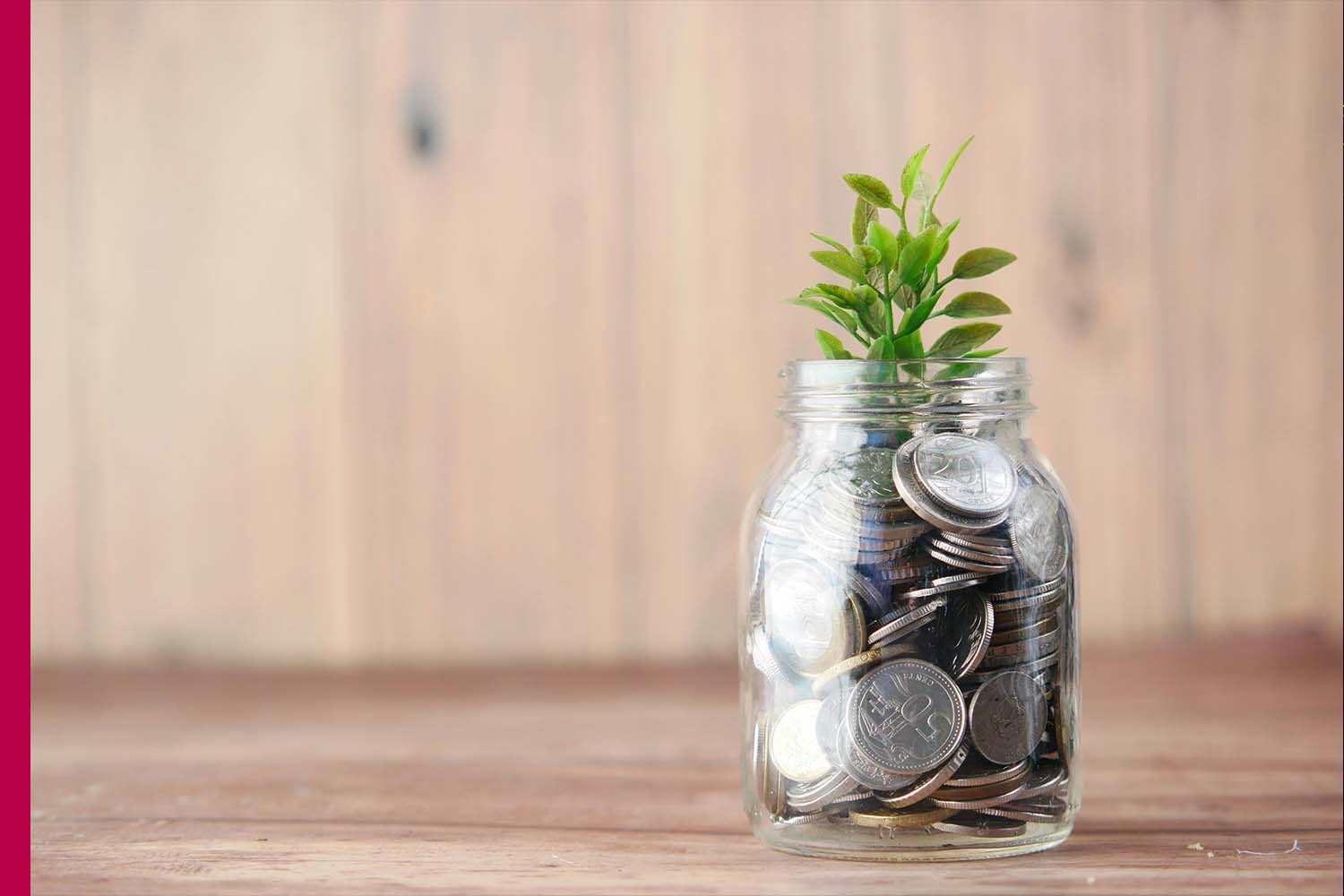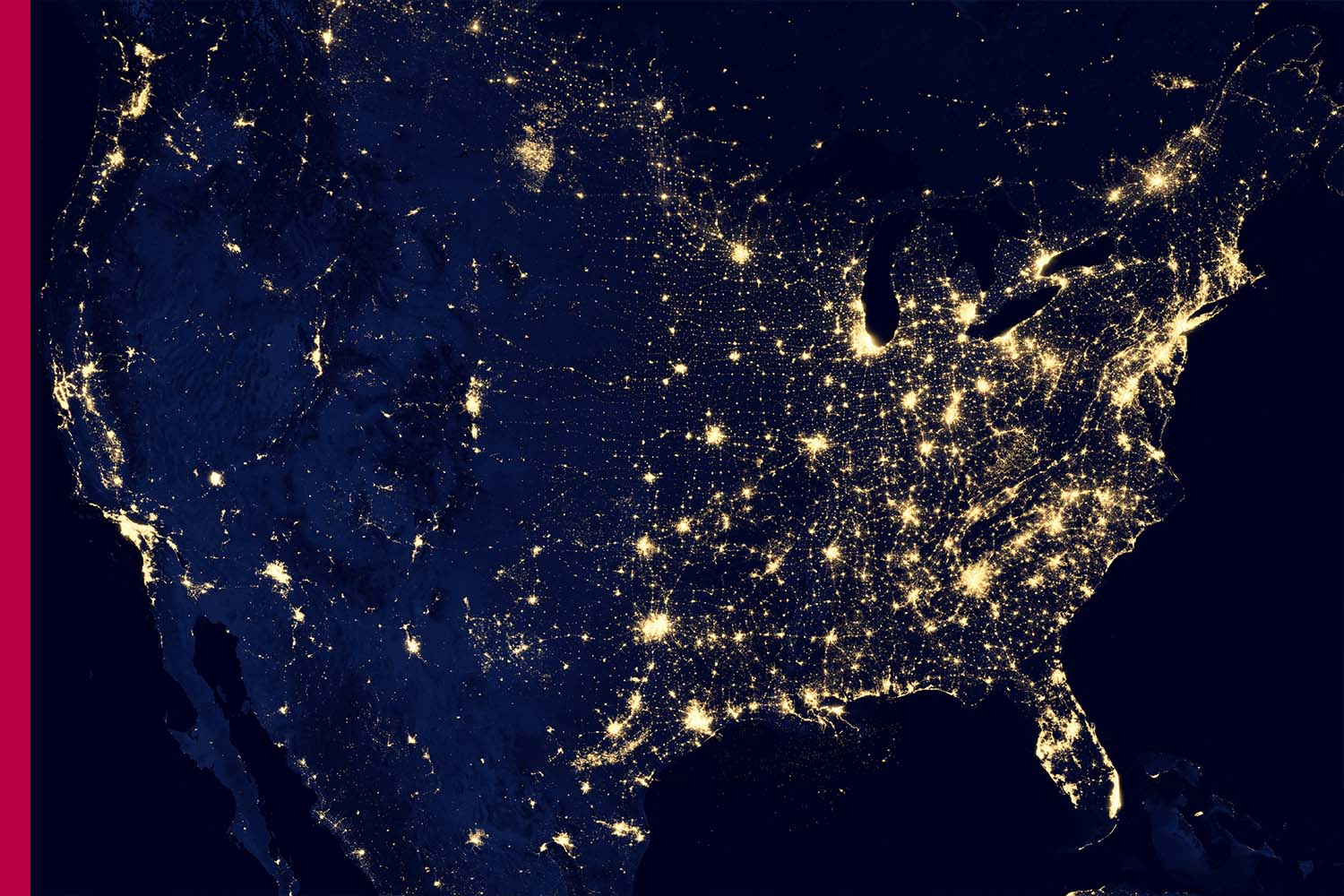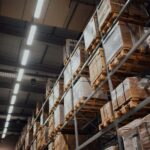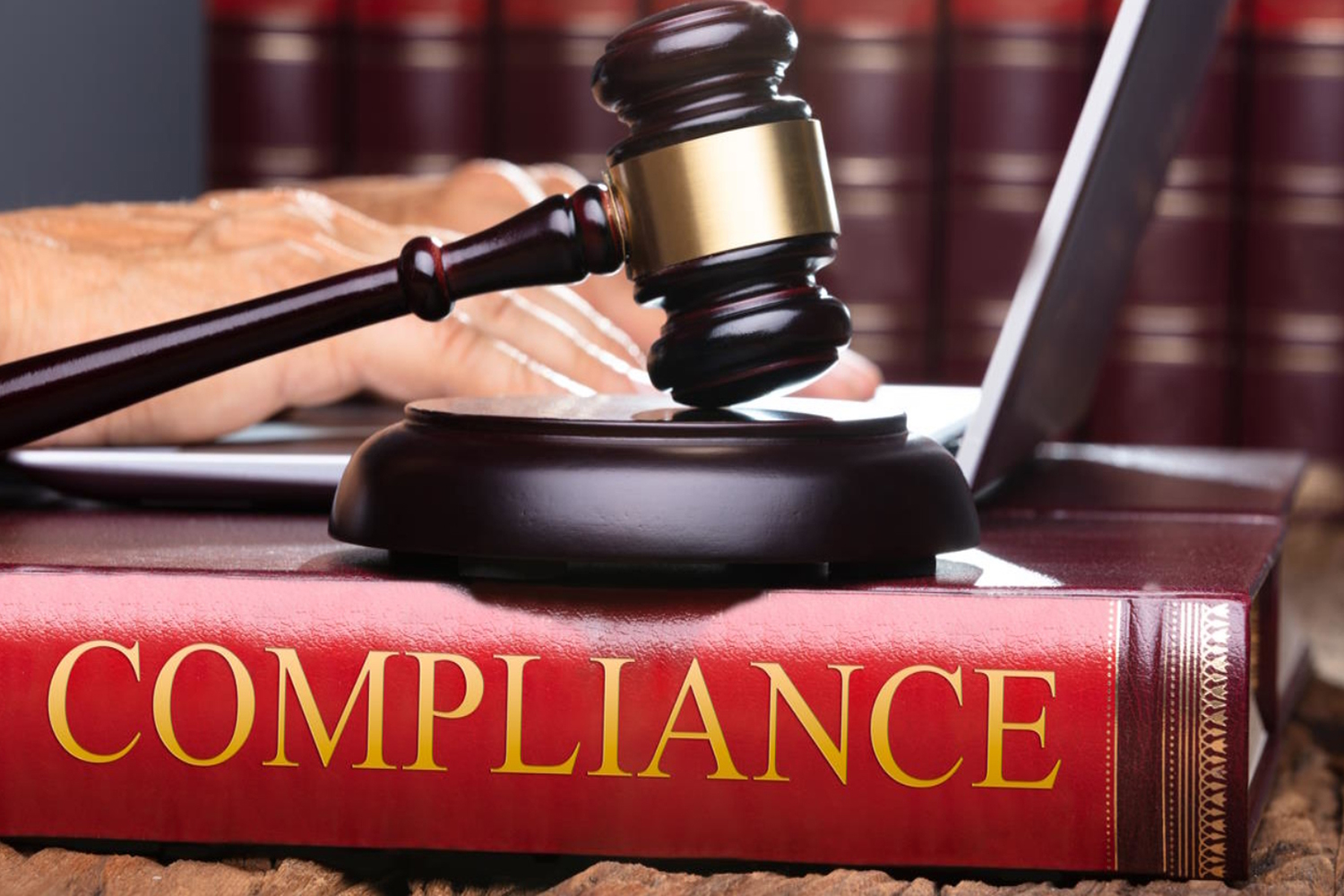The global economy today stands at a critical crossroads, shaped by rapid technological advancements, shifting geopolitical landscapes, and evolving consumer behavior. After several years of disruptions—from the COVID-19 pandemic to inflationary pressures and global conflicts—the world is witnessing both signs of recovery and emerging uncertainties. Understanding the current economic situation helps businesses, policymakers, and individuals make informed decisions for a sustainable and resilient future.
One of the key features of the current economy is moderate recovery with uneven growth. While some developed countries are experiencing steady economic revival, many developing nations continue to struggle with inflation, rising debt, and unemployment. The International Monetary Fund (IMF) and World Bank have projected modest global growth rates, with Asia remaining one of the strongest performing regions. Countries like India, Indonesia, and Vietnam are showing impressive growth driven by manufacturing, digital transformation, and domestic consumption.
However, inflation continues to be a major concern. The surge in prices of essential goods, energy, and housing has affected households across the globe. Central banks, including the U.S. Federal Reserve and the Reserve Bank of India, have tightened monetary policies to control inflation by raising interest rates. While this helps stabilize prices, it also makes borrowing costlier, affecting business investments and consumer spending. The balance between growth and inflation control remains one of the biggest challenges for policymakers in 2025.
The digital economy has become another defining feature of the current landscape. E-commerce, fintech, and digital payment systems have revolutionized the way businesses operate. Artificial Intelligence (AI), automation, and data analytics are now integral to business strategies, improving efficiency and customer engagement. Remote work and digital services have opened new economic opportunities, especially for startups and freelancers, but have also created challenges in cybersecurity and workforce adaptation.
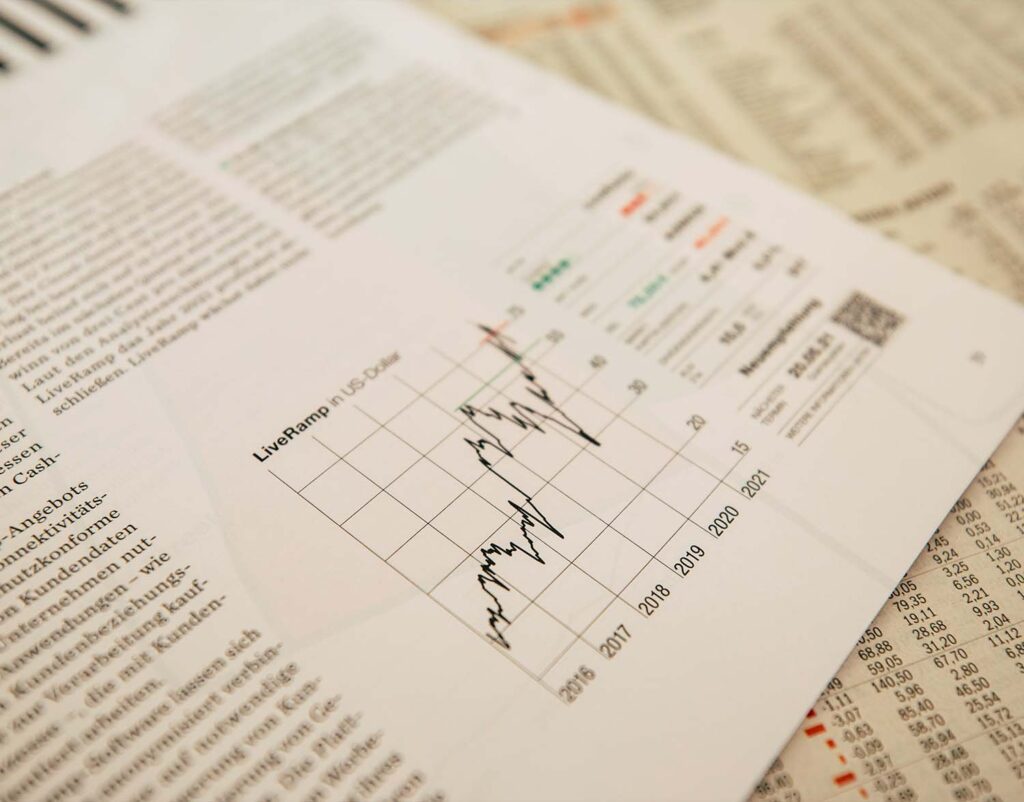
Global trade dynamics have also shifted significantly. The supply chain disruptions that began during the pandemic continue to impact manufacturing and logistics sectors. Many countries are now focusing on self-reliance and regional trade partnerships to reduce dependency on global supply chains. The emphasis on “Make in India”, “Made in America”, and similar initiatives worldwide reflects a growing trend toward domestic production and sustainability.
Another important aspect of the current economy is the green transition. Governments and corporations are increasingly investing in renewable energy, electric vehicles, and sustainable business practices. Climate-conscious consumers are influencing corporate policies, pushing for eco-friendly products and ethical operations. The green economy is expected to create millions of new jobs while reducing environmental damage, offering hope for long-term sustainable growth.
Despite the challenges, there are reasons for optimism. Technological innovation, youth entrepreneurship, and digital inclusion are driving new growth opportunities. Sectors like healthcare, education, and renewable energy are witnessing major investments. As economies adapt to global shifts, flexibility, innovation, and inclusiveness will be key to future success.
In conclusion, the current economy is defined by complexity and transformation. Balancing growth, sustainability, and equality remains a global priority. As nations work together to overcome inflation, climate change, and inequality, the path forward lies in innovation, collaboration, and responsible policy-making. The choices made today will shape the prosperity and stability of tomorrow’s world.






